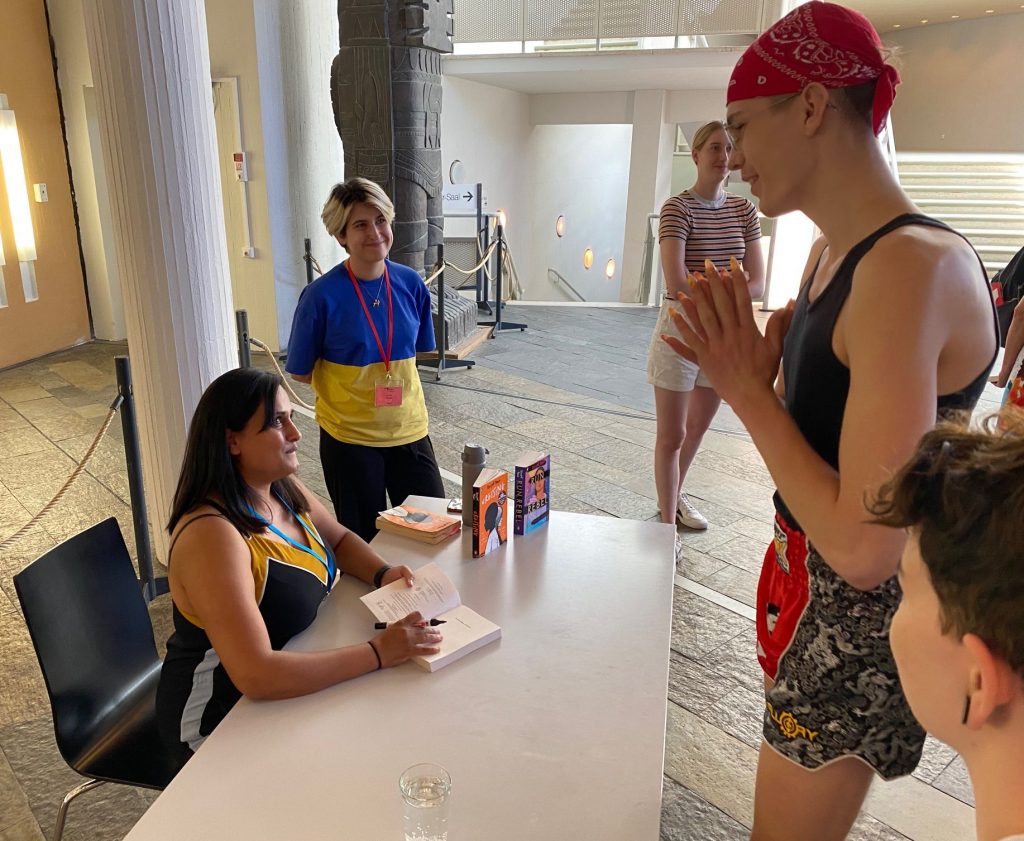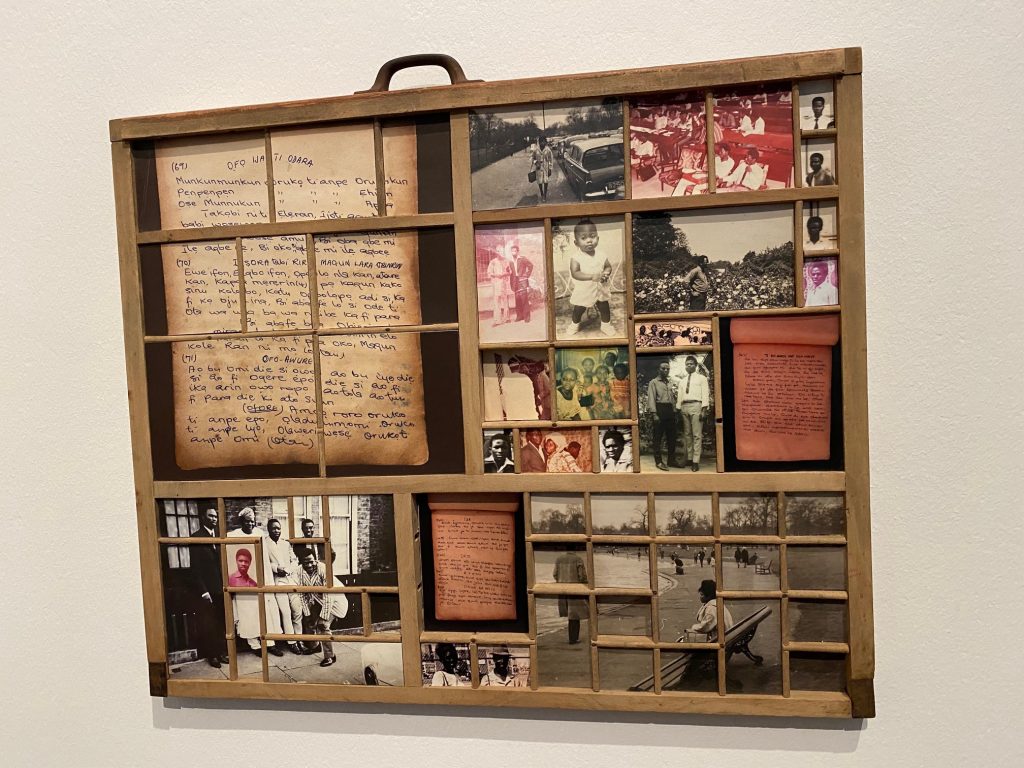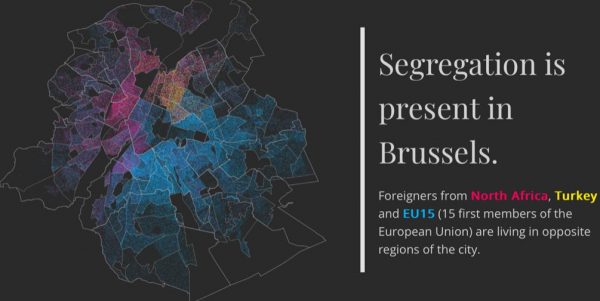In Latin the declination of deus = god starts with the genitive form “dei”. In the world of universities and labor markets the abbreviation “DEI” stands for diversity, equity and inclusion. These 3 topics have ensured for years that a university campus looks a bit more like society at large, even if biased towards younger generations. The MAGA saga of the USA in 2025 starts to turn the clock back on hard to accomplish advances in DEI-hiring and promotion. This likely to reduce the number of international students on US campuses and will make campuses look WEIRD again. Moreover, lots of talented students will seek DEI campuses in other countries to avoid discriminatory hiring practices and arbitrary risk of visa denial. Europe is likely to benefit from this kind of brain drain and skill shortages might be substantially reduced due to such unprecedented shifts in US policies. The cuts of billions of grants to renowned universities for political reasons will leave a yawning gap of talent in the US in a few years time, the latest. Early movers will move very quickly to anticipate the exodus of talent. It is puzzling to watch how quickly years of DEI policies might be undone with thousands of people and projects at a loss. Scholars of American history are reminded of the McCarthy era of political prosecution or the dismal period for science under the Nazi-rule in Germany. Americans seem to get much worse and extreme policies than they thought they voted for. “Deus Dei” also means “god of god” and in the current American political context the judgement of a god by another god has maybe a historical meaning. In the table of the Estonian town hall in Tallinn the inscription alerts rulers to beware of being judged as well. Sounds like a timely reminder to overly ambitious politicians. 




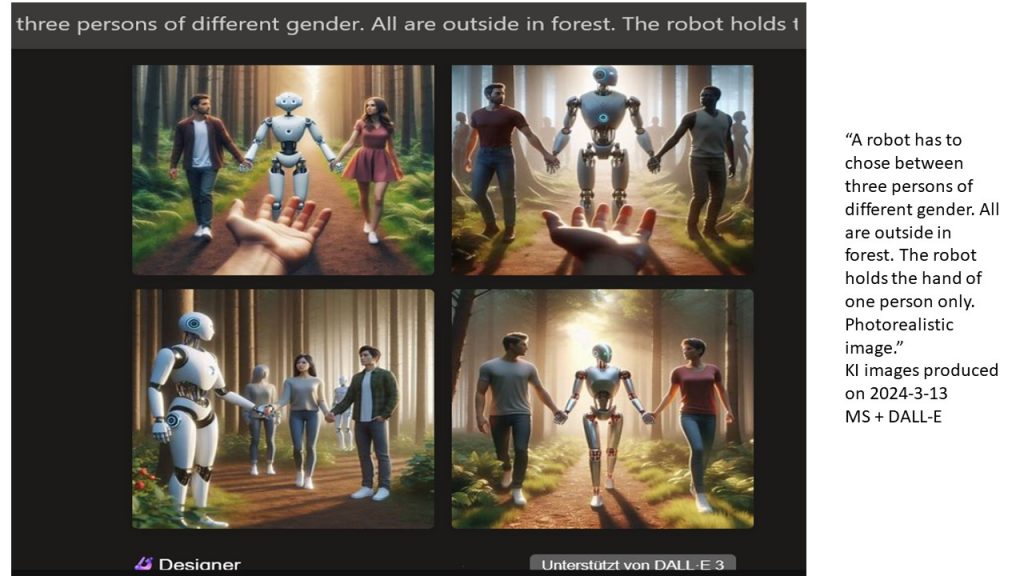
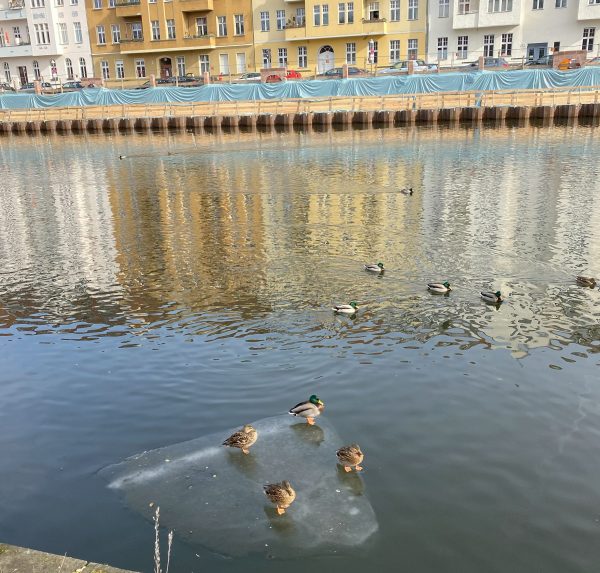
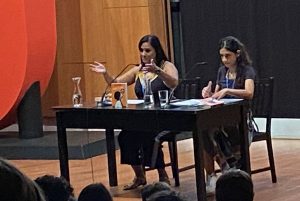 Manjeet was giving a lot of insights into writing, editing, motivation and the difficulty to give a voice to persons from
Manjeet was giving a lot of insights into writing, editing, motivation and the difficulty to give a voice to persons from 